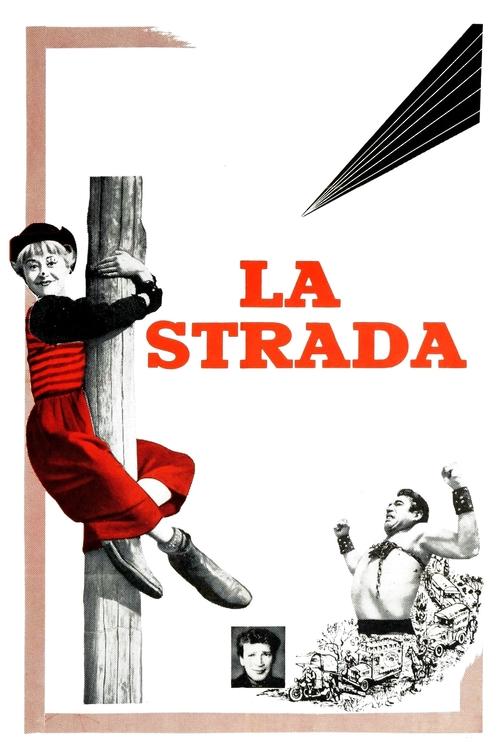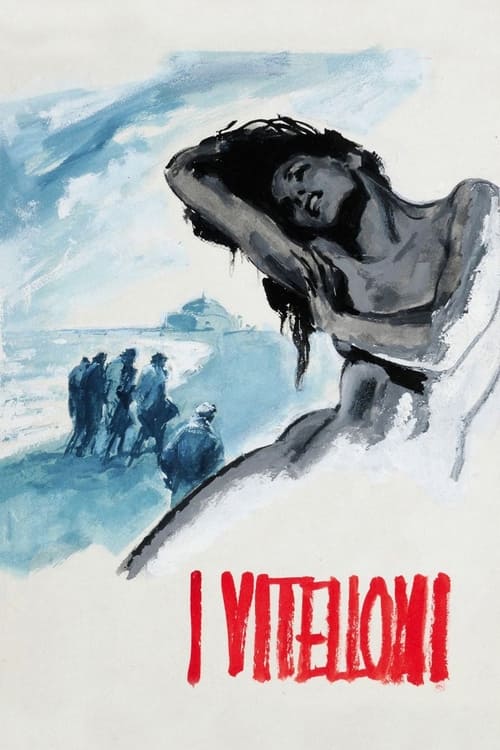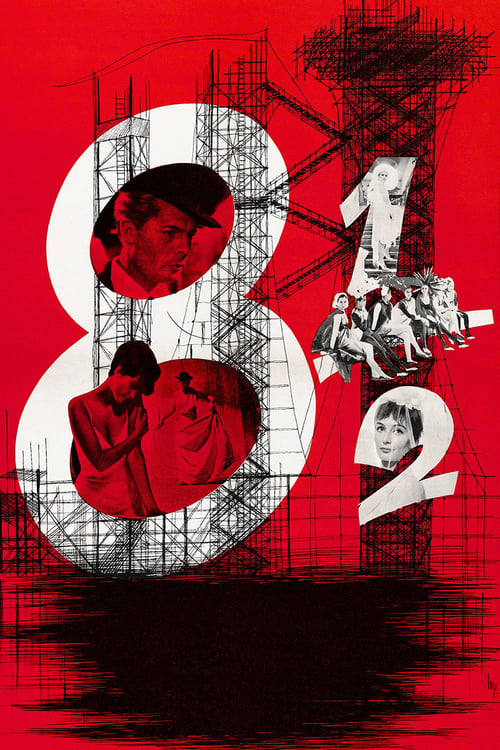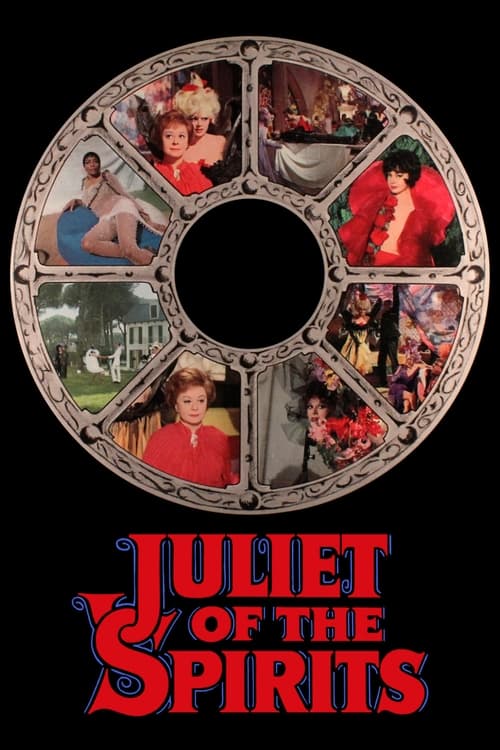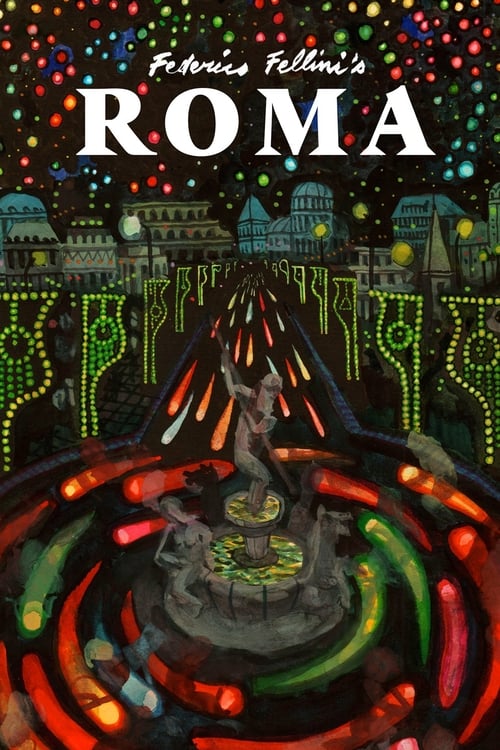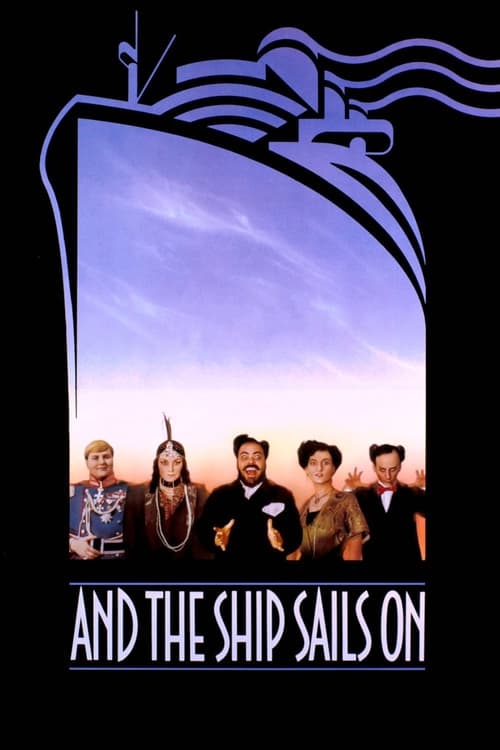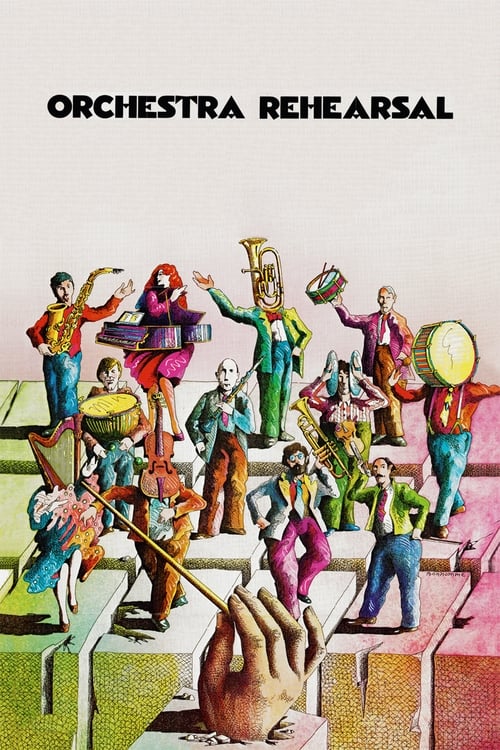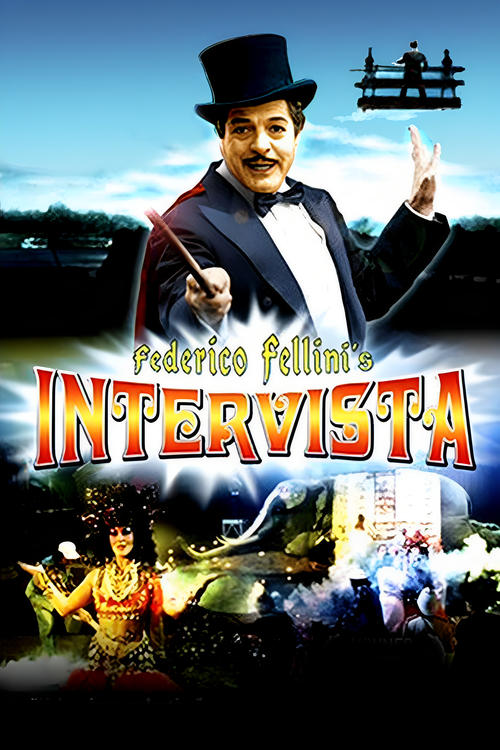Fellini's Surreal Italy
Dreams and reality collide
Federico Fellini transformed Italian cinema by blending neo-realism with fantastical dreamscapes, creating a signature style that would influence filmmakers for generations to come.
Fellini's artistic evolution began in the post-war Italian neo-realist movement, but he quickly developed his own distinctive voice that transcended simple categorization. His 1954 film "La Strada" marked a crucial transition point, combining realistic depictions of poverty-stricken Italy with elements of circus fantasy and emotional symbolism. The film's protagonist Gelsomina, played by Giulietta Masina, embodied both the harsh reality of post-war life and a magical innocence that seemed to exist outside of time. This duality became a hallmark of Fellini's approach, where reality and fantasy weren't opposing forces but rather complementary elements of human experience.
"8½" (1963) represents the full flowering of Fellini's surrealist tendencies, marking a decisive break from his neo-realist roots. The film's revolutionary structure interweaves memory, fantasy, and reality, creating a new cinematic language that would influence countless directors, from Woody Allen to Paolo Sorrentino. Cinematographer Gianni Di Venanzo's striking black-and-white photography created memorable images that seemed to float between dreams and wakefulness. The famous opening sequence, where Marcello Mastroianni's character Guido floats above a traffic jam, established a visual vocabulary for representing internal states that continues to influence filmmakers today.
With "Juliet of the Spirits" (1965), Fellini embraced color film technology to expand his surrealist palette. Working with cinematographer Gianni Di Venanzo again, he created a psychedelic exploration of female consciousness that pushed the boundaries of what was possible in cinema. The film's elaborate costume design by Piero Gherardi and phantasmagorical set pieces established a new standard for visual excess in European art cinema. This period marked Fellini's complete embrace of the baroque and carnivalesque elements that would define his later work, influencing everything from music videos to contemporary art installations.
"Amarcord" (1973) represented Fellini's most successful marriage of memory and fantasy, creating a nostalgic yet critical portrait of provincial life under fascism. The film's title, derived from the Romagnol phrase "a m'arcord" ("I remember"), signals its status as both personal memoir and collective memory. Cinematographer Giuseppe Rotunno captured the director's hometown of Rimini in heightened colors that suggested both the warmth of remembrance and the distortions of memory. The film's influence can be seen in works ranging from Giuseppe Tornatore's "Cinema Paradiso" to Wes Anderson's stylized nostalgia.
Throughout his career, Fellini pushed the boundaries of technical filmmaking. In "Casanova" (1976), he collaborated with cinematographer Giuseppe Rotunno to create artificial seascapes using plastic sheets, demonstrating his preference for obviously artificial effects over realism. This approach influenced later filmmakers like Terry Gilliam and Jean-Pierre Jeunet, who similarly embrace visible artifice. Fellini's use of the Technovision widescreen format in his later films allowed for even more elaborate compositions, while his collaboration with composer Nino Rota created one of cinema's most memorable partnerships.
Fellini's influence on fashion and design cannot be overstated. His films created a distinctive visual vocabulary that continues to influence contemporary culture. The term "paparazzi" entered common usage through "La Dolce Vita," while the elaborate costumes and set designs of films like "Fellini's Roma" (1972) continue to influence fashion designers and visual artists. His work with costume designer Danilo Donati established new possibilities for expressing character through clothing, particularly in their collaboration on "Fellini Satyricon" (1969).
More Ideas

The Voice of the Moon
(1990)
Fellini's final film starring Roberto Benigni
Streaming on Not Currently Streaming
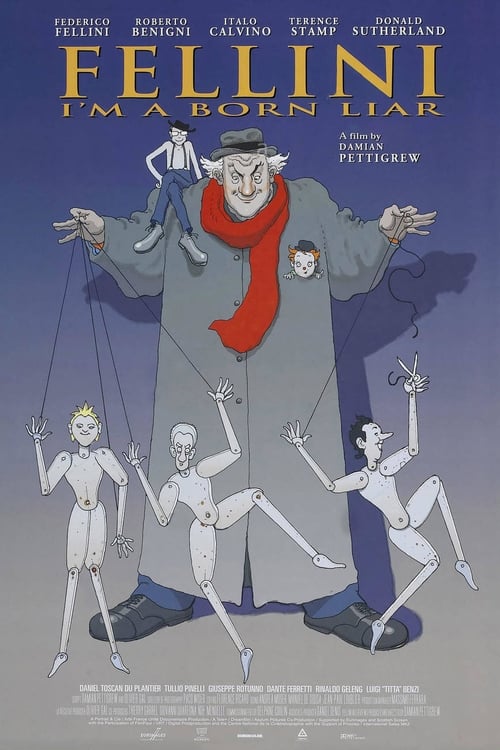
Fellini: I'm a Born Liar
(2002)
Documentary about Fellini's creative process
Streaming on Criterion Channel

The White Sheik
(1952)
Early comedy about fantasy and reality
Streaming on Criterion Channel
